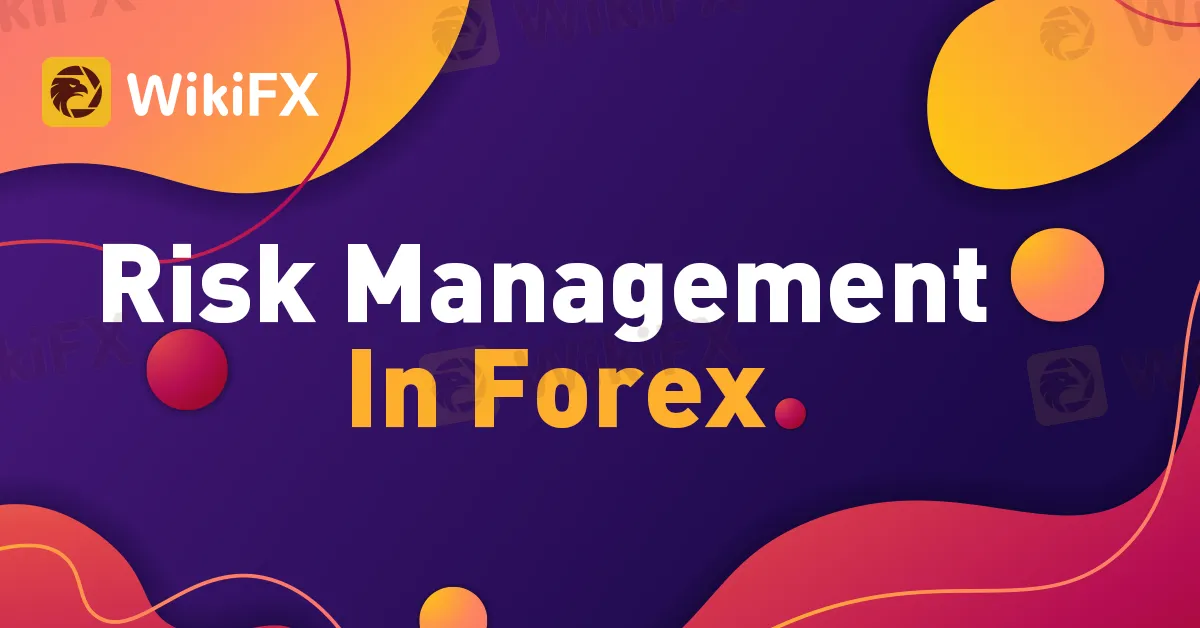简体中文
繁體中文
English
Pусский
日本語
ภาษาไทย
Tiếng Việt
Bahasa Indonesia
Español
हिन्दी
Filippiiniläinen
Français
Deutsch
Português
Türkçe
한국어
العربية
Risk Management In Forex
Abstract:Risk management is an essential aspect of forex trading, as it helps traders to mitigate potential losses and increase the chances of profitable trades. Here are some key strategies for managing risk in forex trading in South Africa:

Risk management is an essential aspect of forex trading, as it helps traders to mitigate potential losses and increase the chances of profitable trades. Here are some key strategies for managing risk in forex trading in South Africa:
In South Africa, the WikiFX app is the most effective resource for finding a broker. WikiFX is a search engine for forex brokers that does all the legwork for you. Traders can use the app to get all regulatory data, rates, and evaluations. Both the Play Store and the AppStore both include the WikiFX app.
Use stop-loss orders: A stop-loss order is a type of order that automatically closes a trade at a certain price level, preventing further losses. This is an effective way to manage risk, as it ensures that a trader's losses are limited to a certain amount.
Use take-profit orders: A take-profit order is a type of order that automatically closes a trade at a certain price level, securing profits. This is a great way to manage risk, as it ensures that a trader's profits are locked in and not subject to market fluctuations.
Use proper position sizing: Position sizing is the process of determining the appropriate size of a trade based on the account size and the level of risk a trader is willing to take. This is an important aspect of risk management, as it helps to prevent over-leveraging and ensures that a trader's account is not overexposed to potential losses.
Use diversification: Diversification is the process of spreading out investments across different markets, assets, and regions. This is an important aspect of risk management, as it helps to reduce the overall risk of a portfolio by spreading it across different investments.
Use fundamental and technical analysis: Fundamental analysis is the process of evaluating the underlying economic and financial factors that influence the currency markets. Technical analysis is the process of evaluating the historical price and volume data of a currency pair to identify patterns and trends. Both of these analysis methods can be used to identify potential opportunities and risks in the forex markets.
Use Risk/Reward Ratio: Risk reward ratio is the relationship between the potential return of a trade and the potential loss of a trade. This helps traders to manage their risk by ensuring that their potential gains outweigh their potential losses.
Use Hedging: Hedging is the process of offsetting an existing position with a new position. This can be done by taking a short position in a currency pair that is opposite of your existing long position. This helps to minimize the risk of loss from an existing trade.
Use emotional control: Emotional control is the ability to remain calm and rational in the face of market volatility and uncertainty. This is an important aspect of risk management, as emotional decisions can lead to poor trading decisions and increased risk.
In conclusion, risk management is an essential aspect of forex trading in South Africa, and traders should use a combination of the above strategies to mitigate potential losses and increase the chances of profitable trades.

Disclaimer:
The views in this article only represent the author's personal views, and do not constitute investment advice on this platform. This platform does not guarantee the accuracy, completeness and timeliness of the information in the article, and will not be liable for any loss caused by the use of or reliance on the information in the article.
Read more

Forex Trading: Scam or Real Opportunity?
Meta: Explore forex trading: Is it a scam or real opportunity? Learn how it works, debunk myths, manage risks, and avoid scams with tools like WikiFX App. Start trading safely today!

T&D vs AvaTrade: Which Broker Suits Your Trading Needs in 2025?
In this article, we compare these brokers based on basic information, regulatory status, leverage, trading platforms, account types, spreads and commissions, customer service, AI tools, and recent updates. Our goal is to provide an objective overview so you can decide which broker aligns better with your trading style and requirements.

5 Arrested in the TriumphFX Investment Scam Investigation
Malaysian authorities have intensified their investigation into the TriumphFX foreign exchange investment scam, resulting in the arrest of five individuals linked to the fraudulent scheme.

Notice: The WikiFX Simulated Trade Weekly Competition has been suspended for one week
Due to an upcoming product upgrade to enhance your overall trading simulation experience, the WikiFX Simulated Trading Weekly Contest will be temporarily suspended from March 10 to March 16. The contest will resume on March 17 with a host of improvements.
WikiFX Broker
Latest News
Forex Trading: Scam or Real Opportunity?
The Hidden Tactics Brokers Use to Block Your Withdrawals
Deutsche Bank Facing Record Fine from German Watchdog – What’s the Price
Oleg Mukhanov Steps Down as TradingView CEO Amid Leadership Shakeup
Currency Calculator






